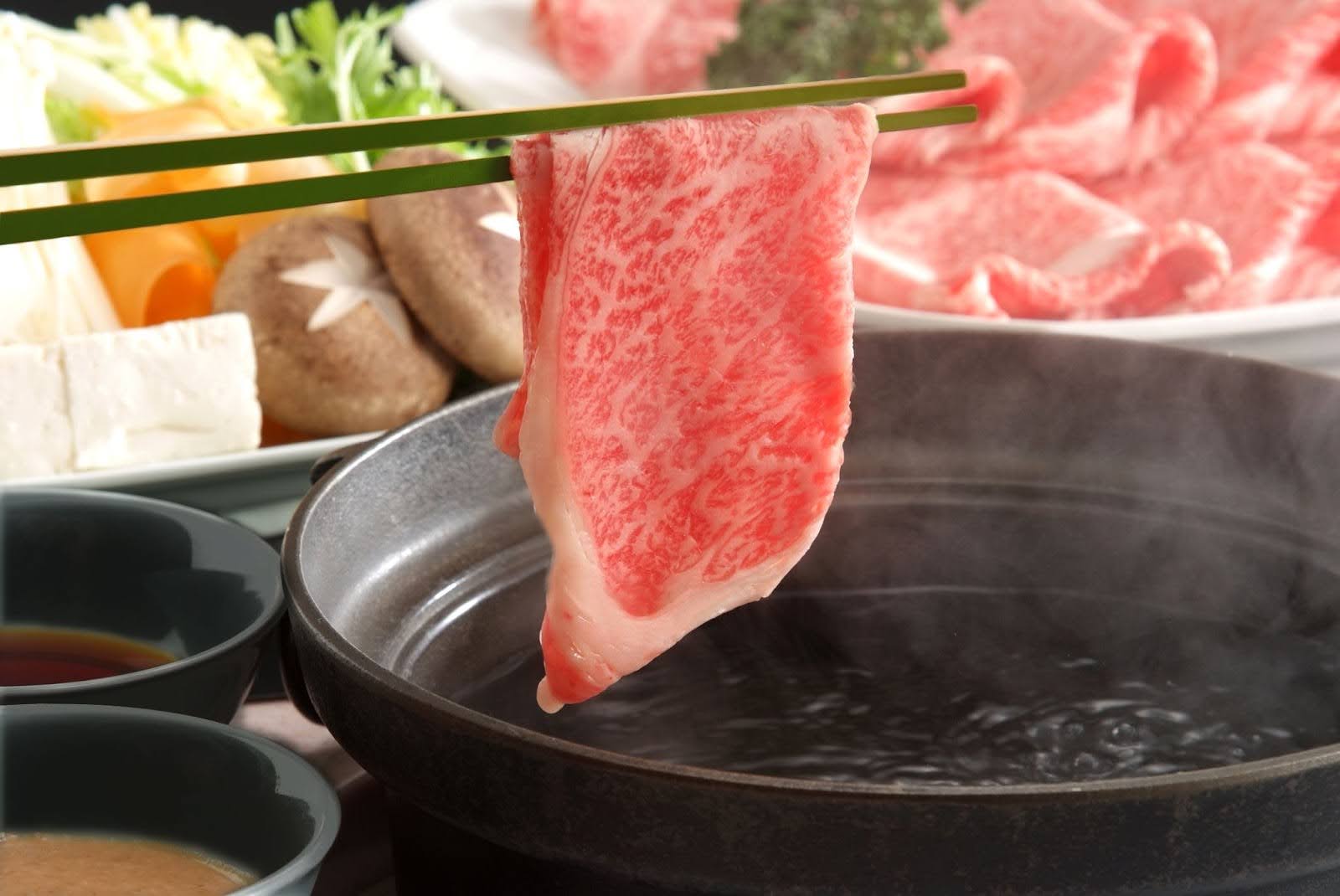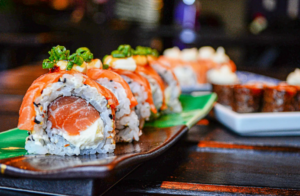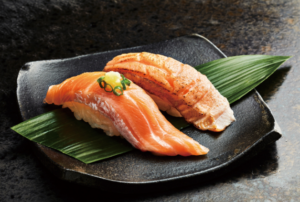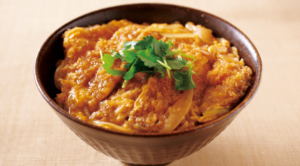In recent years, a Japanese food boom has taken Vietnam by storm. The number of Japanese restaurants grew from 770 in 2015 to approximately 1,500 in 2020, and reached around 2,500 by 2023—a remarkable growth in just a few years.
This surge continued even during the COVID-19 pandemic, reflecting the local enthusiasm for Japanese cuisine. Interestingly, about 90% of customers dining at Japanese restaurants in Vietnam are Vietnamese.
While Vietnam’s economic growth undoubtedly contributes to this trend, there are other reasons why Japanese food resonates so well with the Vietnamese palate. Notably, there are many cultural similarities between Japanese and Vietnamese cuisines, such as a focus on vegetables and fish over meat, a preference for rice and noodles, and the use of soy-based seasonings.
Subscribe to our newsletter for the latest trends in Japanese cuisine popular in Vietnam and Southeast Asia!
Click here to subscribe
Japanese Food Culture Thrives in Ho Chi Minh City
Vietnam, a long, narrow country in Southeast Asia, offers diverse culinary delights in its northern and southern regions. Just as Hokkaido and Okinawa in Japan have distinct food cultures, Hanoi in the north and Ho Chi Minh City in the south each boast unique culinary experiences. Northern dishes are known for their light flavors, while southern dishes tend to be sweeter and richer.
Interestingly, about half of Vietnam’s Japanese restaurants (approximately 1,220 as of June 2023) are located in Ho Chi Minh City. This can be attributed to the cultural and historical differences between the two cities. While Hanoi’s residents value tradition and tend to be conservative, those in Ho Chi Minh City are more open-minded, friendly, and globally oriented, making the city a fertile ground for new culinary ventures.
Despite these differences, Japanese cuisine enjoys a positive image in both cities. Surveys show that after Vietnamese food, Japanese dishes are the second most frequented option for dining out in both Hanoi and Ho Chi Minh City.
| Overall | Hanoi | Ho Chi Minh City | |
|---|---|---|---|
| Vietnam | 92% | 98% | 85% |
| Japan | 76% | 85% | 66% |
| Korea | 41% | 49% | 32% |
| China | 26% | 30% | 21% |
| Italy | 13% | 19% | 6% |
Why Ho Chi Minh City Loves Japanese Cuisine
When asked about their favorite Japanese food, most Vietnamese respondents named sushi and sashimi. This preference is unique compared to other countries, where raw fish is often met with hesitation. Vietnam’s cultural acceptance of eating raw fish likely contributes to the popularity of Japanese food in Ho Chi Minh City.
| Frequently Eaten Japanese Meal | Beloved Japanese Meal | |
|---|---|---|
| Sushi | 94% | 30% |
| Sashimi | 65% | 28% |
| Udon | 54% | 7% |
Japanese restaurants in the city are concentrated in areas like Le Thanh Ton Street, known as Little Tokyo, and Phan Viet Chanh Street, the city’s second Japanese enclave. These areas feature a mix of authentic sushi bars and high-end restaurants offering “omakase” courses, a popular trend across Southeast Asia.
However, Japanese cuisine in Vietnam is typically priced higher than other options, making it a luxury for the affluent. For anyone planning to open a Japanese restaurant in Vietnam, targeting the wealthier demographic with premium menus could be a winning strategy. Areas like Phu My Hung in Ho Chi Minh City’s District 7, home to high-end shopping malls like Crescent Mall, provide valuable insights into local preferences.
At Crescent Mall, MOF specializes in matcha-based desserts, while chains like TOKYO Deli combine Japanese hot pot with Chinese-style soup, reflecting a fusion approach. These innovative dishes, which blend Japanese traditions with local flavors, highlight the creative evolution of Japanese cuisine in Vietnam.
The Role of Machinery in Japanese Cuisine
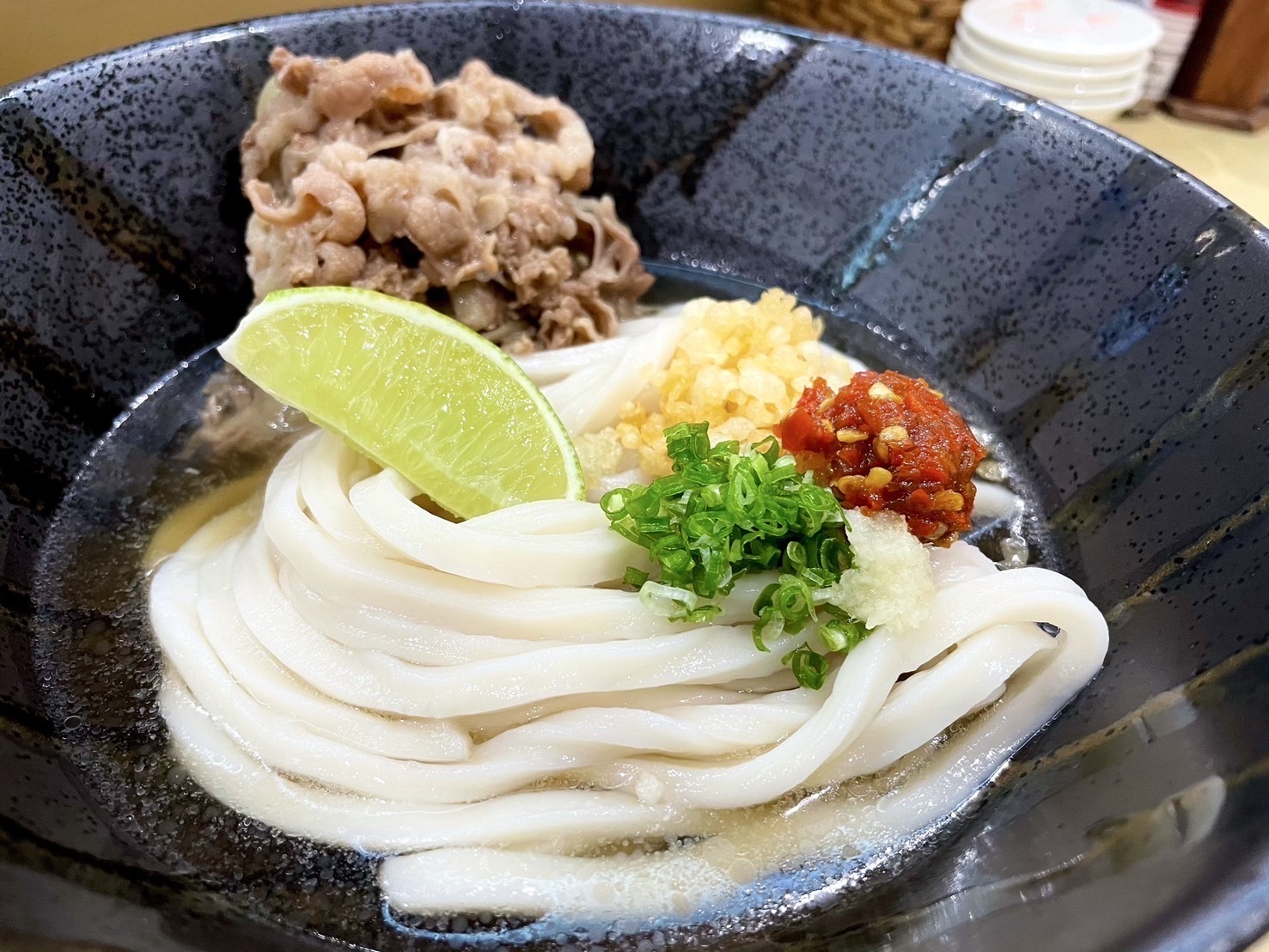
Surprisingly, much of the Japanese food enjoyed in Ho Chi Minh City is crafted using advanced machinery rather than handcrafted by chefs. For example, authentic Sanuki udon, a specialty from Japan’s Kagawa Prefecture, traditionally requires skilled artisans. The dough must be adjusted based on weather conditions, kneaded extensively by foot, and left to rest—a labor-intensive process that can take over five hours.
Enter the SANUKI ICHIBAN noodle-making machine, developed by Sanuki Menki Co., Ltd., a century-old company specializing in noodle-making equipment. Capable of producing not only udon but also ramen, pasta, soba, and dumpling skins, this versatile machine can create 150 to 300 servings per hour, far exceeding human efficiency.
For entrepreneurs looking to ride the Japanese food wave in Vietnam, machines like these offer a practical solution for scaling production while maintaining quality.
Join FOOMA JAPAN 2025 for Insights Into Japanese Food and Technology
If you’re inspired by the Japanese food trend in Vietnam, there’s no better way to explore its roots than by attending FOOMA JAPAN 2025. This global exhibition, to be held from June 10–13, 2025, at Tokyo Big Sight, showcases cutting-edge food manufacturing solutions.
FOOMA JAPAN welcomes visitors from all over the world and offers insights into the latest innovations in food technology. For those concerned about language barriers, the event provides English-Japanese interpreters for pre-registered attendees.
Sign up for our newsletter to stay updated on Japanese food trends and industry events. We look forward to seeing you at FOOMA JAPAN 2025!
Promotional Video
FOOMA JAPAN 2024 Digest Videos(Day 1)
